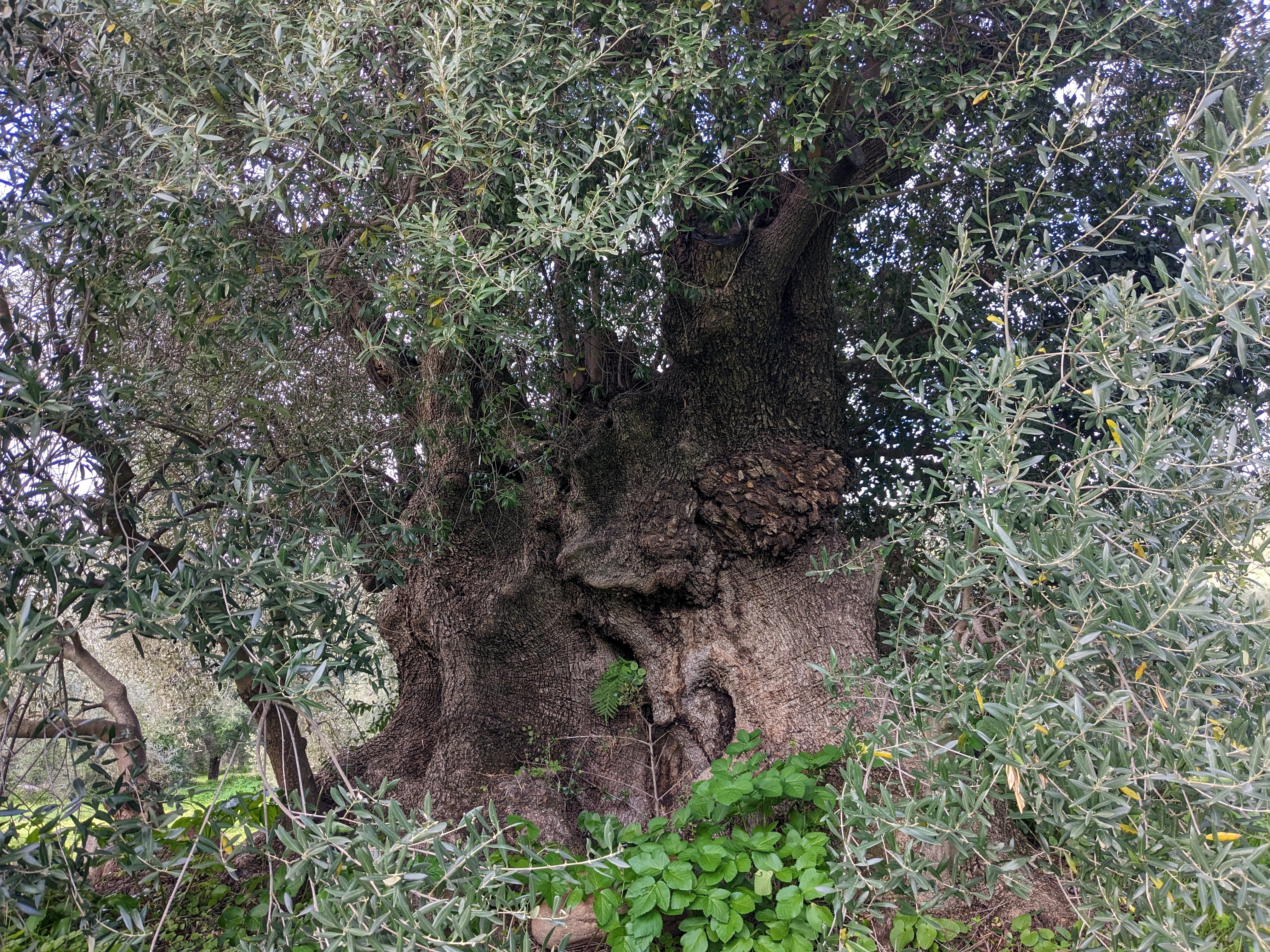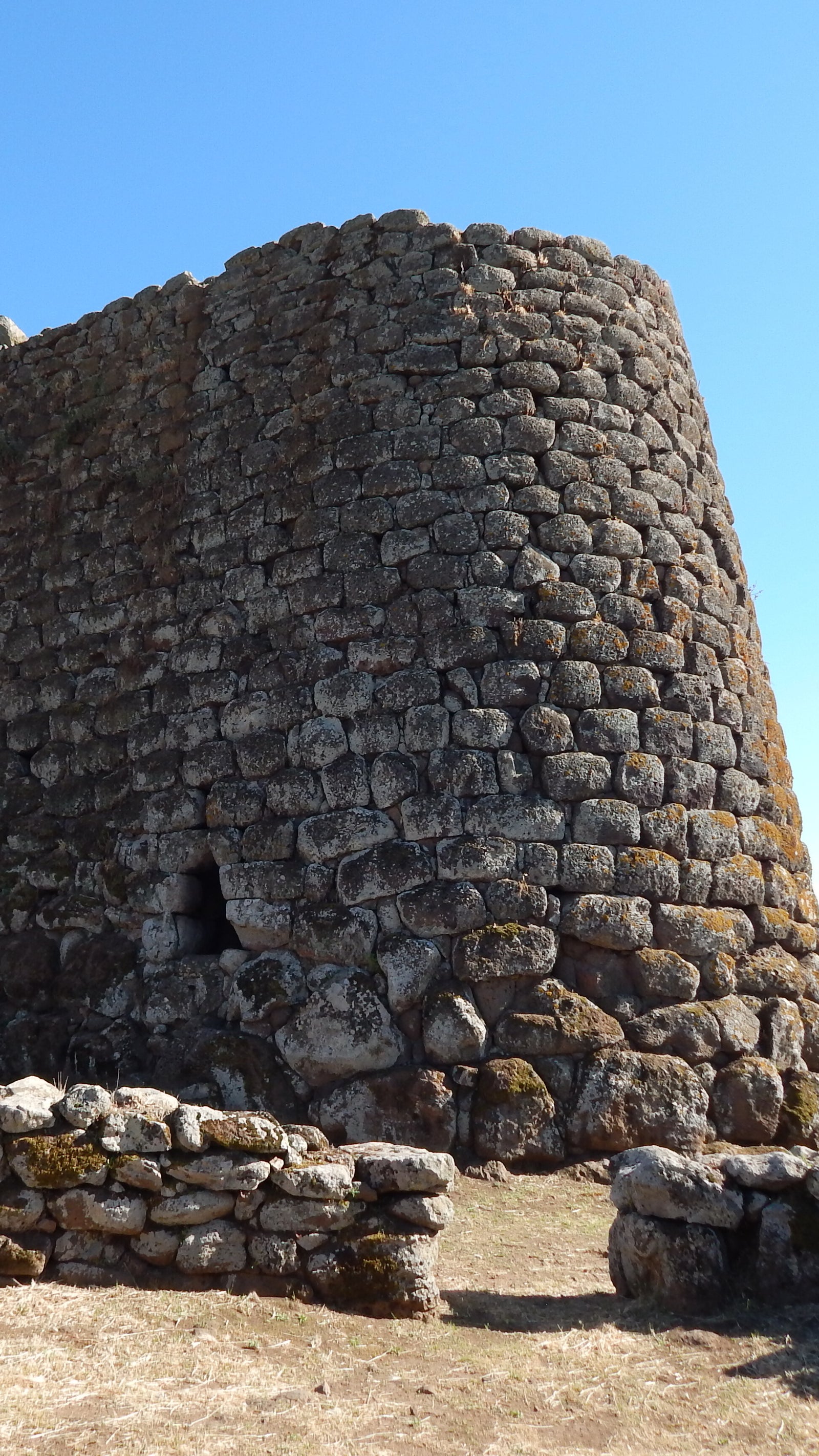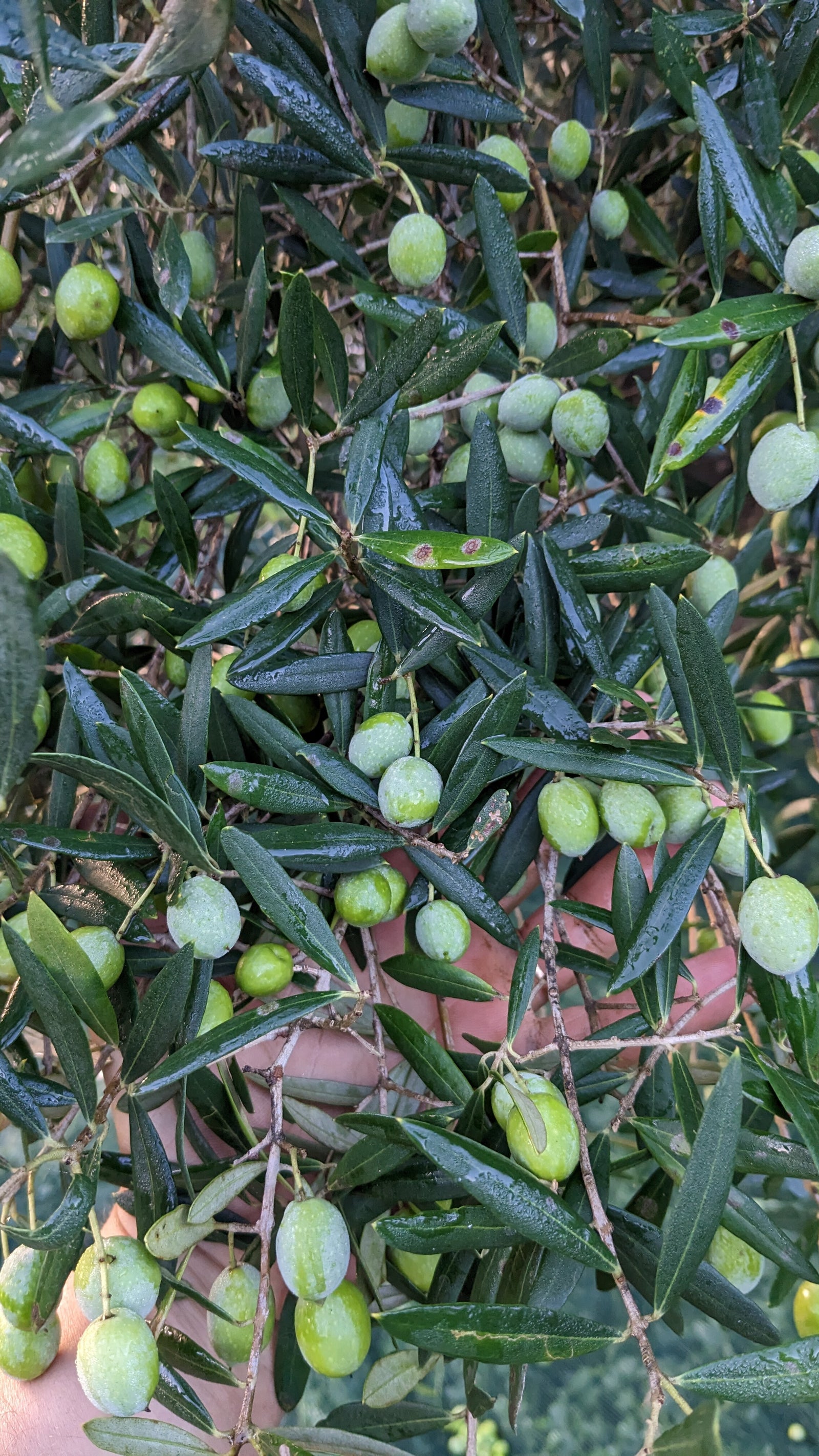
Longevity
Home of the Longest-Living Men on Earth
Could the secret to the longevity of Sardinians be in the daily consumption of high-quality Extra Virgin Olive Oil?
Sardinia is home to the longest-living men on Earth. It is classified as one of the five blue zones, which is an area of the world where people live longer lives than average. Nobody knows for sure the exact reasons for this, but many contribute it to a combination of the lifestyle, diet, and genetics. Our own family has had many centenarians (one who lives to be 100+ years old) and we aim to share the secrets, recipes, and more that have been passed down from generation to generation.
One thing that is for sure, Extra Virgin Olive Oil is a main component of the Sardinian diet. Not only is it part of the diet, but it plays a large role in our culture as well. Practically every family has some olive trees, and many go out every olive season and harvest oil for their own families. We hope to give you a taste of the life and longevity here in Sardinia when you use our olive oil.
An Ancient Tradition
Sardinia has a strong and ancient bond with the olive tree, a true symbol of the Mediterranean. According to archaeologists, Nuragic populations from almost 4000 years ago cultivated and extracted oil from the natural wild olive trees.
Furthermore, the Archaeological Museum of Sassari houses a statuette of Aristaeus– who, according to the myth, gave men milk, honey and oil – dating back to before the 7th century BC. Another reason to think that olive oil in Sardinia was known since the pre-Nuragic era.
Now many of the Sardinian olive varieties are protected by the DOP recognition, including the variety we use, Nera Di Villacidro. On the island, about 1.7%-1.8% of the surface is covered by olive trees, for a total of about 40,000 hectares (almost 100,000 acres).









